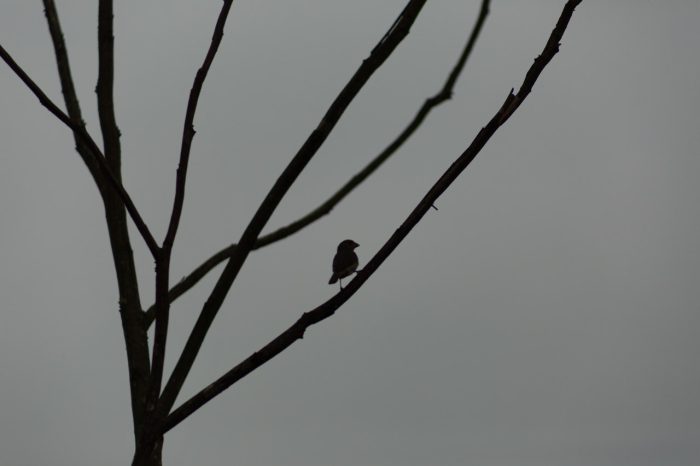Aside from the proliferation of all things green and leafy, what I look forward to most come spring is the rousing symphony of birdsong.
For some years, however, those melodies have been getting more and more hushed as fewer performers have been taking the stage. Indeed, according to a 2019 study, since 1970, more than 25 percent of North American birds have disappeared—that equates to a staggering net loss of close to three billion birds.
While the study does not point to specific causes for this massive decline, there are several theories, including climate change, habitat loss, and loosening conservation practices. Though no single factor is likely responsible for the decimation, each of them has, to some degree, played a role in the diminished number of birds.
Making significant changes in these areas in order to preserve bird populations is certainly necessary, but such efforts will be slow and complicated.
Fortunately, in the meantime, there are some simple steps that you and I can take to help sustain the birds in our little corners of the world.
Minimize the risk of collisions with windows. One of the biggest causes of bird deaths is window collisions, with losses estimated at more than 600 million annually. Birds often perceive the reflections of trees and sky in windows as open airspace. And it’s not just large windows in multistory buildings that birds are flying into but those in residences as well. Help prevent these crashes by installing window screens to cover windows. You can also use paint or tape to create a grid of no more than 2” x 4” on the outside surface of windows. Ready-made window coverings are available to purchase as well. In addition, you may want to advocate for measures to be taken by local businesses, such as painting patterns or murals on store windows.
Offset habitat loss in your own yard. Habitat loss may be one of the biggest drivers of population decline in birds. As bird habitats shrink so does the available space for nesting, meaning fewer birds are being born, and the rest are more likely to struggle to stay alive. By removing even a portion of the lawn on your property and replacing it with plants, bushes, and trees that are native to the area, you can provide important space for nesting as well as food sources and cover that helps keep birds safe from predators.
Come to terms with the truth about cats. Perhaps the most important—and the most controversial—step to be taken is to change our attitude toward cats. The results of a study published in 2013 estimated that cats were responsible for killing 2.4 billion birds (along with 12.3 billion small mammals) each year. More birds are killed by cats than by any other means—by far. While feral and stray cats account for the majority of bird deaths, owned cats are estimated to kill two animals (not just birds) per week. (For a full view of the sobering image depicting the destructiveness of domestic cats, see the image in the article linked here.)
Cat owners must not allow their pets outdoors to roam freely. The only time cats should be allowed outside is when they are harnessed and on a leash or in an outdoor enclosure. Many people believe that domestic cats have a basic need to roam outside; however, cats that receive adequate stimulation in their home environment will not be inclined to go outdoors. Keeping them indoors not only protects birds, but the cats themselves who are at risk of disease, injury, and death when allowed outside.
Beyond keeping pets inside, cat lovers must refrain from “supporting” stray and feral cats by feeding and otherwise caring for them. This practice only serves to maintain these populations, which in turn undermines community efforts to trap-neuter-return (TNR) and doesn’t allow for impacted bird populations to “bounce back.” Many believe TNR to be ineffective overall, and cats have even been characterized as an invasive species. Unless people accept the truth about the damage caused by cats and take steps to mitigate their destructiveness, more drastic measures may be needed to protect birds from this threat.
I called these steps simple because they are essentially straightforward, but that doesn’t necessarily mean they are also easy. Making these changes is important, though, and not simply for aesthetic reasons, like hearing birdsong and witnessing the graceful flight or colorful plumage of birds; these winged creatures are a vital part of the planet’s ecosystem (much like bees, various bird species are also significant pollinators, ensuring that plant foods continue to thrive), an ecosystem that has taken too many hits already. We must reverse this trend, not just for the sake of birds, but for our own.
~



Read 3 comments and reply